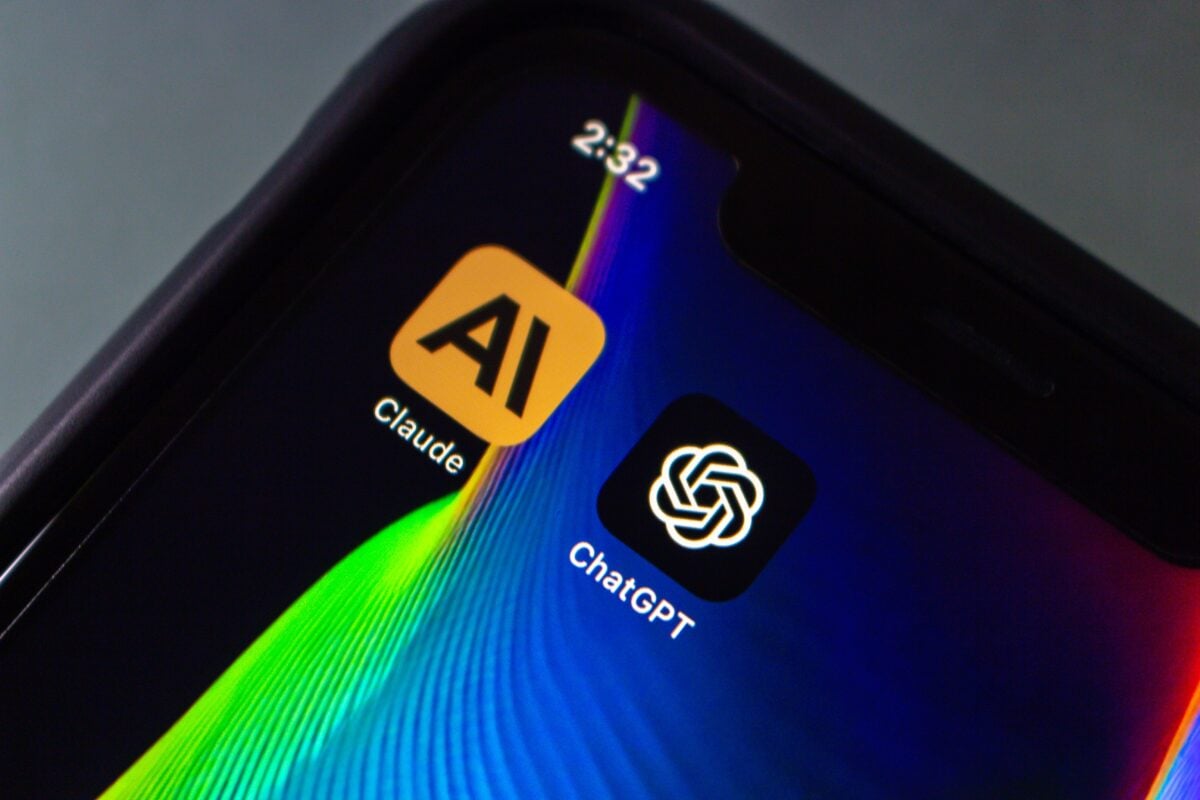TLDRs:
- OpenAI and Anthropic jointly tested AI models to identify hallucinations and misalignment risks.
- The cross-company evaluation revealed blind spots missed by internal safety reviews.
- Collaboration highlights how rivals balance competition with shared safety responsibilities.
- Increased scrutiny and lawsuits drive AI firms to adopt external safety evaluations.
OpenAI and Anthropic, two of the leading AI companies, have undertaken a joint effort to test each other’s AI models for safety vulnerabilities.
This collaboration aimed to uncover potential risks that might be overlooked during internal evaluations, including hallucinations and misalignment, where the models fail to behave as intended.
The exercise was conducted over the summer, preceding the launch of OpenAI’s GPT-5 and Anthropic’s Claude Opus 4.1 update. Despite their competitive rivalry, the companies recognized that safety concerns transcend market competition and require cooperative solutions.
Testing Beyond Internal Limits
The joint evaluation revealed that even advanced internal testing can miss critical safety issues. Anthropic’s review of OpenAI’s GPT models flagged potential misuse and accuracy concerns, while OpenAI assessed Anthropic’s Claude models for instruction adherence, hallucinations, and susceptibility to manipulation.
Both companies noted strengths and blind spots in each other’s protocols, highlighting the value of external, unbiased assessments.
This approach mirrors practices in other high-stakes industries, such as finance, where third-party audits are standard to uncover vulnerabilities and prevent systemic risks. As AI technologies become increasingly influential in society, these evaluations are likely to become a regular part of responsible AI development.
Competition Meets Cooperation
The collaboration underscores the complex dynamics between AI rivals. Earlier this year, Anthropic temporarily restricted OpenAI’s access to its Claude models after discovering that OpenAI had used them for competitive benchmarking in violation of Anthropic’s terms of service. Yet, both companies maintained limited access for safety testing, demonstrating a selective cooperation strategy.
OpenAI described this initiative as the “first major cross-lab exercise in safety and alignment testing,” emphasizing that even fierce competitors can find common ground when addressing industry-wide safety concerns.
The effort also reflects differing philosophies, Anthropic prioritizes safety through “Constitutional AI,” while OpenAI focuses on rapid innovation and accessibility.
Safety Concerns Drive Industry Standards
The collaboration occurs amid heightened scrutiny of AI safety. Recent incidents, including lawsuits alleging harm linked to AI interactions, have amplified pressure on companies to demonstrate robust risk management.
By testing each other’s models, OpenAI and Anthropic aim to reduce legal, ethical, and reputational risks, while promoting safer AI deployment across the industry.
Experts suggest that cross-company evaluations may soon become standard practice, akin to third-party audits in finance or medical research. Such measures could help ensure AI technologies meet societal safety expectations, even as competition continues to drive innovation and market growth.
Looking Forward
The OpenAI-Anthropic collaboration signals a pivotal moment in AI development, a recognition that safety cannot be addressed in isolation.
While these companies remain market rivals, their shared commitment to responsible AI demonstrates that industry-wide challenges, like hallucinations, misalignment, and misuse, can foster collaboration even among competitors.





